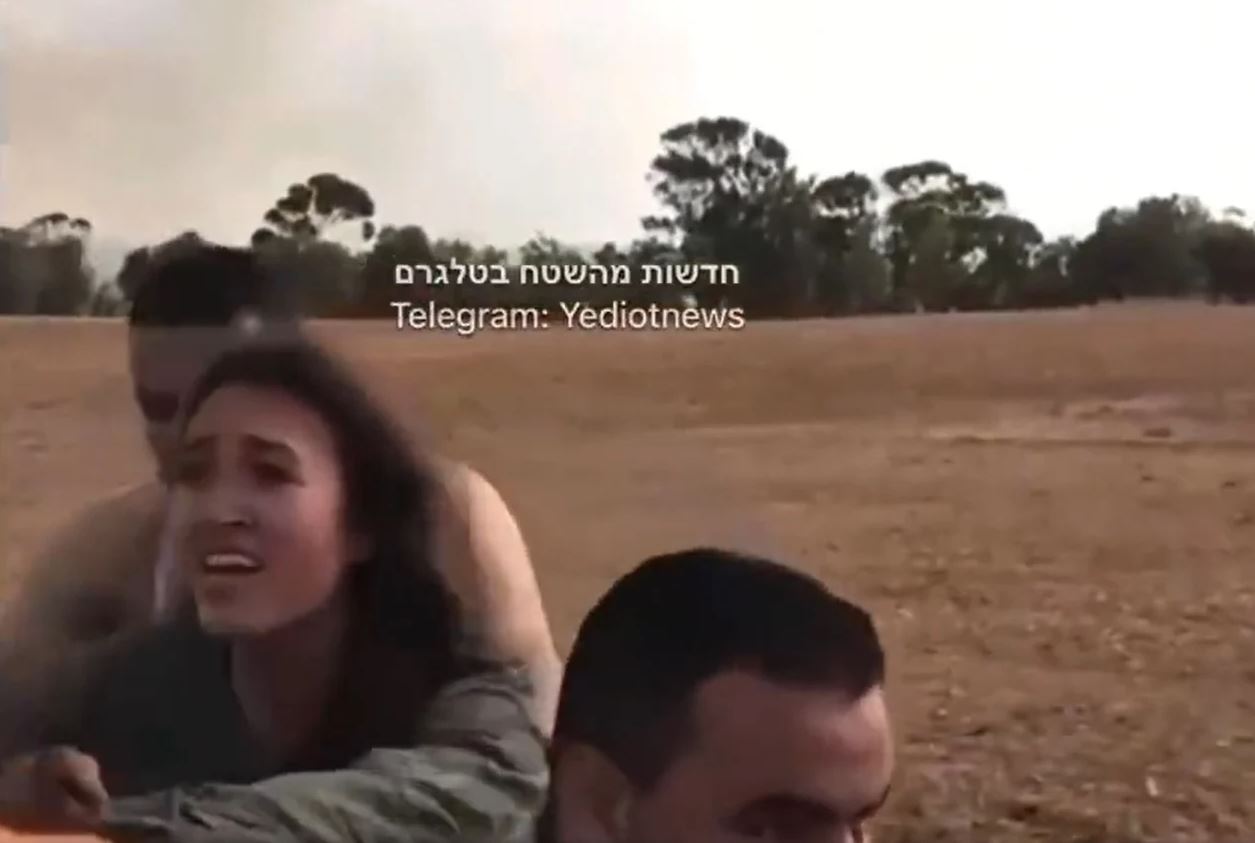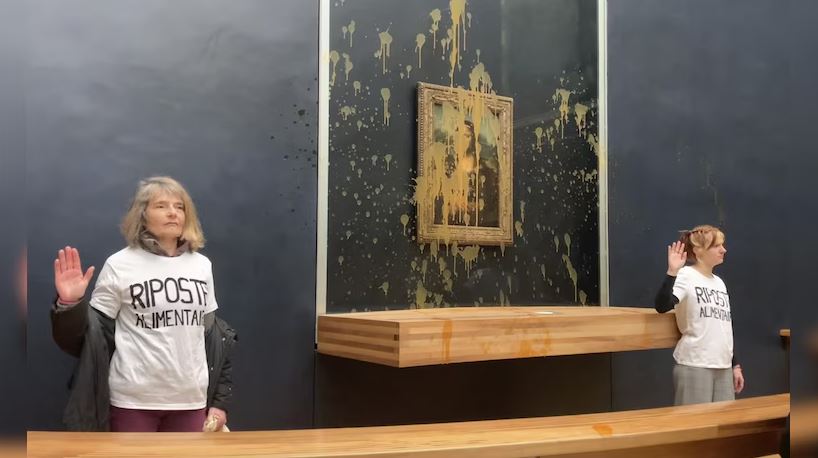Telegram Viral Video Museum
In the digital age, viral videos have become a dominant form of communication and entertainment. They spread rapidly across social media platforms, reaching millions of users within a short period. One of the platforms that has played a significant role in this phenomenon is Telegram. Unlike mainstream social networks like Facebook or Instagram, Telegram offers a unique approach to content sharing, allowing users to join private or public groups and channels where videos can be distributed quickly and efficiently.
The concept of the “Telegram Viral Video Museum” is an intriguing one. It represents a digital archive of viral videos that have gained traction on Telegram. The museum could serve as a resource for researchers, content creators, and digital marketers who want to understand the trends and factors that contribute to a video’s virality. By curating and categorizing videos based on their themes, popularity, and impact, the museum could offer valuable insights into how digital culture evolves over time.
This project is especially relevant because of the increasing influence of Telegram as a content-sharing platform. Due to its encryption and privacy-focused design, Telegram has become a hub for uncensored and independent content, making it a fertile ground for viral media. The Telegram Viral Video Museum could help track these viral trends, preserving them for historical reference while also analyzing their significance in the broader digital landscape.
By establishing a structured collection of Telegram viral videos, the museum could also help educate the public on media literacy. Many viral videos contain misleading information, deepfakes, or sensationalized content designed to manipulate emotions. A well-organized museum could highlight these issues, promoting critical thinking among viewers.
In this article, we will explore various aspects of the Telegram Viral Video Museum, including the nature of viral videos, Telegram’s role in their dissemination, strategies for creating engaging content, and case studies of successful implementations. Ultimately, this discussion will provide a comprehensive understanding of how Telegram influences viral media culture and how a museum dedicated to its most popular videos could serve as a valuable digital archive for the future.
Understanding Viral Videos
Viral videos are digital video clips that gain rapid popularity through social media sharing, word of mouth, or algorithm-driven recommendations. The phenomenon of viral videos has transformed the way information spreads online, influencing everything from marketing strategies to political discourse. But what exactly makes a video go viral? Several key factors contribute to the virality of digital content.
First, viral videos tend to evoke strong emotional reactions. Whether they are humorous, shocking, inspiring, or heartwarming, videos that trigger an emotional response are more likely to be shared. Studies have shown that content eliciting high-arousal emotions, such as joy, anger, or surprise, spreads more rapidly than neutral content. This psychological aspect plays a crucial role in the virality of Telegram videos as well.
@mothershipsg Scammers and criminals have exploited anonymity on Telegram, said Sun. #sgnews #telegram #anonymous
Second, the length and format of a video are critical. Most viral videos are short, typically ranging from 10 seconds to 2 minutes. In an era of decreasing attention spans, people prefer quick, engaging content that delivers an immediate payoff. Additionally, videos with eye-catching thumbnails, captions, and subtitles tend to perform better, as they cater to users who scroll through content quickly.
Another important factor is relatability. People are more likely to share videos that resonate with their experiences, beliefs, or sense of humor. This is why memes and cultural references often go viral—they create a sense of community among viewers who understand the context.
On Telegram, the viral potential of a video is amplified by the platform’s structure. Unlike traditional social media platforms where algorithms determine content visibility, Telegram allows users to share videos directly in groups and channels, ensuring rapid distribution. Videos can spread exponentially as users forward them to their contacts, making Telegram an ideal platform for virality.
However, the ease of sharing viral videos on Telegram also raises concerns. Misinformation, propaganda, and sensationalized content often go viral just as easily as legitimate and entertaining content. This underscores the need for critical thinking and media literacy among users.
Understanding the mechanics behind viral videos is essential for the success of a Telegram Viral Video Museum. By analyzing past viral trends, researchers can identify patterns and create a database of videos that represent different aspects of digital culture. This knowledge can also help content creators design videos with higher viral potential while being mindful of ethical considerations.
The Role of Telegram in Content Sharing
Telegram has emerged as a powerful tool for content sharing, setting itself apart from traditional social media platforms like Facebook, YouTube, and TikTok. Its unique structure allows users to share videos and other media in ways that are often more direct, secure, and unrestricted. This makes Telegram one of the most influential platforms for viral content distribution.
One of Telegram’s biggest strengths is its channel and group functionality. Public and private channels enable content creators to distribute videos to a large audience without relying on algorithm-driven feeds. Unlike other social media platforms that filter and prioritize content based on engagement metrics, Telegram delivers videos directly to subscribers, ensuring immediate and widespread dissemination.
Another key factor is Telegram’s file-sharing capability. Unlike platforms that impose strict limitations on video size and duration, Telegram allows users to upload large files without significant compression. This means that high-quality videos can be shared without losing clarity or detail, making it an attractive platform for content creators who want to retain the integrity of their videos.
Additionally, Telegram’s privacy and encryption features contribute to its popularity. Because of its end-to-end encryption and ability to host anonymous groups, Telegram has become a hub for content that might be restricted on other platforms. This has led to the rise of independent media, underground content creators, and niche communities that share viral videos outside mainstream platforms.
However, Telegram’s decentralized and privacy-focused nature also presents challenges. The lack of strict moderation has made it a hotspot for misinformation, deepfakes, and controversial content. Viral videos on Telegram can sometimes spread unchecked, raising concerns about ethical content sharing and digital responsibility.
Despite these challenges, Telegram remains a vital platform for viral video culture. Its ability to facilitate rapid video dissemination makes it an ideal candidate for the concept of a Telegram Viral Video Museum. By cataloging and analyzing viral videos that have gained traction on Telegram, the museum could provide valuable insights into the ways content spreads, the types of videos that resonate with audiences, and the impact of Telegram on digital culture.
Through a detailed exploration of Telegram’s role in content sharing, we can better understand why it has become a preferred platform for viral videos. The following sections will delve deeper into how a museum dedicated to Telegram’s viral content could function and how content creators can leverage Telegram’s unique features to maximize their reach.
Integrating Museums with Telegram
Museums have traditionally been physical spaces that preserve and showcase artifacts, art, and historical records. However, with the rise of digital media, museums are evolving to incorporate virtual experiences and digital content. The concept of a “Telegram Viral Video Museum” represents an innovative way to merge museum culture with the fast-paced world of viral videos. By leveraging Telegram’s platform, museums can create digital archives that document and analyze viral video trends.
One of the key benefits of integrating museums with Telegram is accessibility. Unlike physical museums that require visitors to be present in a specific location, a Telegram-based museum can reach a global audience. Users from different parts of the world can access a curated collection of viral videos, learn about their impact, and participate in discussions about digital culture.
Telegram also allows for real-time interaction, which can enhance user engagement. Museums can create dedicated channels where curators post viral videos along with contextual information, expert analyses, and historical perspectives. Subscribers can comment, share their thoughts, and even submit their own viral video findings. This interactive approach transforms the museum from a static archive into a dynamic community-driven space.
Another advantage is Telegram’s multimedia capabilities. Unlike traditional museum displays, which rely on text and physical artifacts, a Telegram museum can incorporate various media formats, including videos, GIFs, audio commentaries, and infographics. This makes it an effective platform for storytelling and digital education.
However, integrating museums with Telegram also presents challenges. One of the biggest concerns is copyright and content ownership. Viral videos are often shared without proper attribution, making it difficult to track their original creators. A Telegram-based museum would need to establish ethical guidelines to ensure that content is credited appropriately and that copyright laws are respected.
Additionally, curating a collection of viral videos requires careful selection. Not all viral content is meaningful or appropriate for archival purposes. Some videos gain popularity for controversial or sensational reasons, and including them in a museum setting might be problematic. Therefore, a Telegram Viral Video Museum would need a clear framework for categorizing and analyzing content based on cultural, historical, and social significance.
Overall, the integration of museums with Telegram presents exciting possibilities. By creating a digital archive of viral videos, museums can document the evolution of internet culture, provide educational insights, and foster discussions about the impact of viral media on society.
Strategies for Creating Engaging Video Content
Creating a viral video is not just about luck; it requires careful planning, creativity, and an understanding of audience behavior. Content creators who want to maximize their chances of going viral on Telegram need to follow certain strategies that increase engagement and shareability.
Focus on Emotional Appeal
Videos that trigger strong emotions are more likely to be shared. Whether it’s humor, inspiration, shock, or nostalgia, emotional resonance is key to virality. Content that makes people laugh, cry, or feel motivated tends to spread quickly.
Keep It Short and Attention-Grabbing
People have short attention spans, so videos should be concise and impactful within the first few seconds. Ideally, a viral video should be under two minutes long, with an engaging hook in the first 5–10 seconds to capture viewers’ attention.
Use High-Quality Production
While raw and unedited videos can go viral, high-quality visuals and sound can make a significant difference. Clear audio, vibrant colors, and professional editing increase the chances of a video being widely shared.
Make It Shareable
The easier it is to share a video, the higher its viral potential. Telegram’s forwarding feature allows users to quickly send videos to their contacts, so content creators should ensure their videos are easily accessible and not blocked by privacy settings.
Leverage Trends and Hashtags
Videos that align with current trends or memes are more likely to go viral. Content creators should keep an eye on trending topics and integrate relevant hashtags, challenges, or cultural references to make their videos more relatable.
Encourage User Participation
Challenges, duets, and interactive content drive engagement. Encouraging viewers to recreate a video, add their own twist, or participate in a trend can significantly increase shares and reach.
Optimize for Mobile Viewing
Since most Telegram users watch videos on their smartphones, content should be optimized for mobile screens. Vertical or square formats often perform better than traditional landscape videos.
By following these strategies, content creators can increase their chances of producing videos that gain traction on Telegram. Understanding audience behavior and digital trends is crucial for success in the world of viral content.
Case Studies of Successful Implementations
Several institutions and content creators have successfully used Telegram to distribute viral videos and engage with audiences. Examining their strategies can provide valuable insights into how a Telegram Viral Video Museum could operate effectively.
News and Media Outlets
Independent news agencies have used Telegram to share viral videos that expose political events, protests, and breaking news. Channels like “Nexta” and “Unofficial Media” have gained millions of subscribers by posting exclusive videos that mainstream media may not cover. Their success highlights how Telegram can be a powerful tool for information dissemination.
Educational Channels
Some museums and educational institutions have adopted Telegram to share historical footage, cultural documentaries, and interactive video content. For example, the “Museum of the Future” channel provides short, engaging videos on technological advancements and futuristic concepts.

Meme and Entertainment Communities
Humor-based Telegram channels, such as “Dank Memes Central,” have successfully created viral video content by curating and distributing funny clips, reaction videos, and internet challenges. Their ability to rapidly spread content demonstrates Telegram’s effectiveness as a viral media hub.
Digital Activism and Awareness Campaigns
Activist groups have used Telegram to spread awareness through compelling video campaigns. For example, environmental organizations have gone viral with short documentaries on climate change, animal rights, and conservation efforts. Their success underscores the potential for Telegram to serve as a platform for social impact.
These case studies demonstrate that viral video success on Telegram depends on content relevance, audience engagement, and strategic distribution. A Telegram Viral Video Museum could learn from these examples to create an engaging and informative digital archive.
The concept of a Telegram Viral Video Museum is a fascinating idea that merges digital media culture with archival documentation. Telegram’s unique structure makes it an ideal platform for sharing viral content, and a museum dedicated to this phenomenon could serve as an important resource for researchers, educators, and the general public.
By analyzing the factors that contribute to a video’s virality, the museum could offer insights into digital culture, media trends, and audience behavior. Additionally, it could help promote media literacy by highlighting issues such as misinformation, deepfakes, and the ethics of viral content sharing.
However, establishing such a museum comes with challenges. Copyright concerns, content moderation, and ethical considerations must be carefully managed. Proper categorization and curation of videos will be essential to maintaining the museum’s credibility and educational value.
Despite these challenges, the potential benefits outweigh the difficulties. A Telegram Viral Video Museum could become a valuable digital archive, preserving viral media history while also providing a platform for discussions on the impact of viral videos on society. As digital culture continues to evolve, such an initiative could play a crucial role in documenting and analyzing the ever-changing landscape of internet virality.
EN -Bu Guru Salsa Viral 5 Menit
Bu Guru Salsa Full Body 27 Video
The Phenomenon of the Video Viral Syakirah How One Clip Sparked Global Attention
Understanding the “GirlyLana Leak” Implications, Reactions, and Lessons for Online Content Creators
Everything You Need to Know About the “Funsizedasian Leaked” Controversy A Comprehensive Guide
Unraveling the “fmottrn Leaked” Phenomenon Everything You Need to Know
Fitness Nala Leaked Understanding the Controversy, Protecting Privacy, and Lessons for Influencers



 | Sitemap | Mail
| Sitemap | Mail